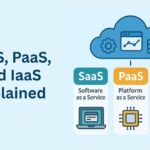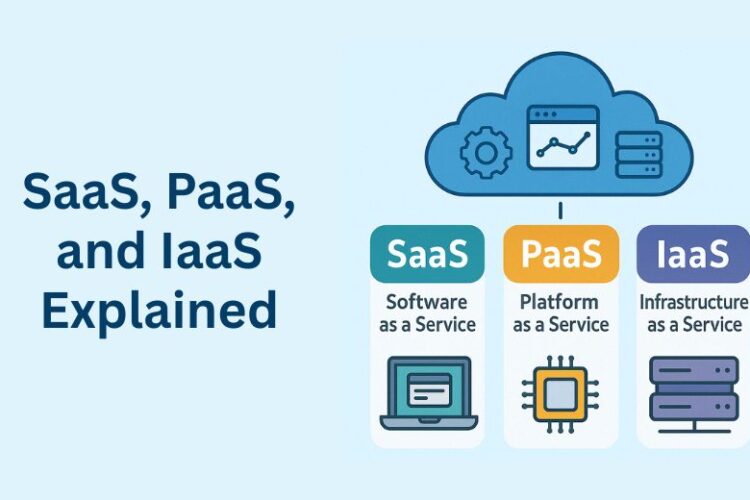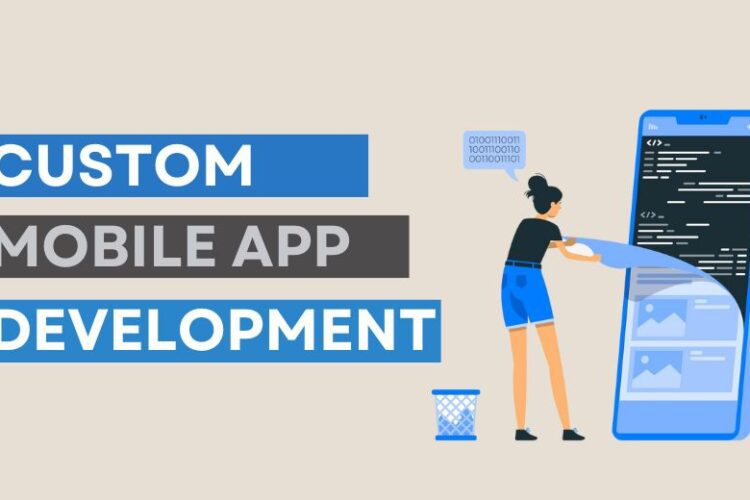Introduction: Embracing Manufacturing 4.0 with adapt software’s
Due to the changes taking place in the old traditional production systems, this new revolution taking place in industries are referred to as “Manufacturing 4.0”, these changes are highly connected, automated and data driven operations. Smart factories represent the profile of Manufacturing 4.0, involving innovations such as the Internet of Things, big data analytics, machine learning, and at their heart adaptive software development.
The approach to system development in such a manner will allow systems to adapt dynamically in supporting real-time responses by smart factories to fluctuations in variables on production demands, equipment, and supply chain.
Adaptive software development is the backbone that brings to life the vision of smart factories, delivering flexibility, scalability, and responsiveness as adaptive software seamlessly integrates digital tools with physical processes.
Here, in this blog, explore how adaptive software development will power the future of manufacturing and shape the factories of tomorrow.
The Journey from Traditional Manufacturing to Industry 4.0
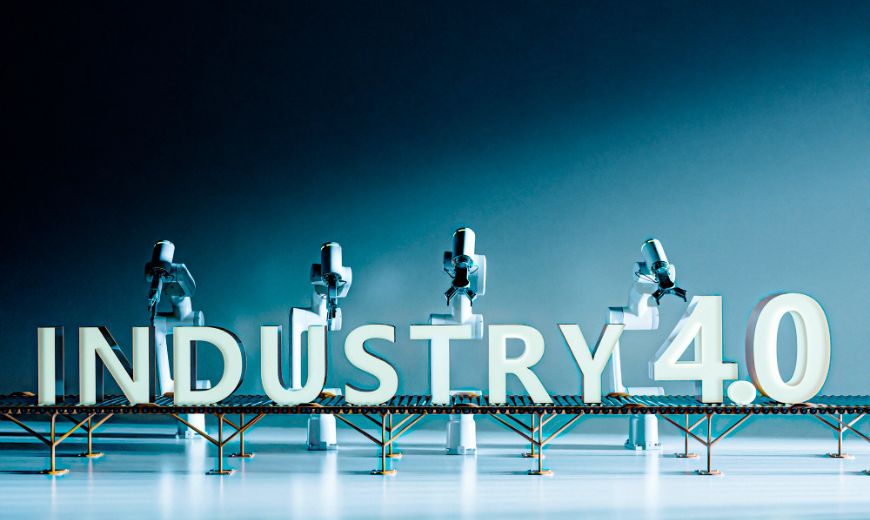
Before one could say anything about adaptive software, one first needed to look into the evolution of manufacturing. In one hundred years or more, it has passed through stages of mechanization, or Industry 1.0, mass production, or Industry 2.0, even going back to the stages of automation, or Industry 3.0; however, Industry 4.0 is unique in that it is differentiated by connectivity and real-time adaptability.
Industry 4.0, or Manufacturing 4.0, refers to the smart factories where all of its components, from machines to produced goods, will communicate via a network of IoT devices. Real-time data is fed into and analyzed by the system, allowing it to learn to optimize itself and even self-repair when necessary.
It requires adaptive software development that gives it the ability to process data, learn from it, and adjust accordingly.
What is Adaptive Software Development?
Adaptive software development: This is the approach in managing unpredictability. This is a different form of software from the traditional, since it is developed with flexibility, which enables adaptation to changed environments for the dynamic settings of a smart factory.
This can develop using a rapid, iterative cycle for software enabling its very quick adaptation with immediate feedback from real-time data based on changes in production or other unforeseen issues.
Key features of adaptive software are:
- Real time data processing: Adaptive software keeps processing input data to offer real-time decisions.
- Automation and Predictive Analytics: Software has algorithms that predict the requirements for maintenance and optimize workflows.
- Scalability: The software may increase with growing production demands, and this accommodates the company’s growth.
However, adaptive software development enables manufacturers to build a system that could adjust on the fly in the context of Manufacturing 4.0, thus keying competitiveness for an increasingly fast-paced market.
How Adaptive Software Development Empowers Smart Factories
1. Support Real-Time Decision Making
These highly adaptive software are very helpful in turning old traditional factories into smart factories as they provide high value in real time processing. These adaptive software’s uses data from machines, sensors, and even products that quickly reads through all situations and helps factories make quicker decisions.
For example, if a machine recommends some wear and tear, it can send an alert to the teams maintaining it, change the production lines accordingly, and schedule a repair before failure.
Adaptive software development also avoids disruption and boosts production by processing high volumes of information in real-time. By minimizing the downtime and making some changes in the processes, smart factories can ultimately increase their productivity.
2. Facilitating Predictive Maintenance
Predictive maintenance is considered an important feature of smart manufacturing. The adaptive software’s checks the data from machines and predicts the potential failures.
Adaptive software implies the system can detect parts likely to fail ahead of time, allowing for scheduling maintenance ahead of a malfunction – thus saving time and money for repairing those unexpected breakdowns.
Adaptive software also brings predictability with time. As machine learning improves, the system enhances its predictive models by learning more and more from earlier data points to make better predictions with higher reliability.
This increases not just the uptime of the machines but also optimizes maintenance schedules and reduces labor and resource costs.
3. Dynamic Workflow Management
Manufacturing environments are dynamic by nature, and production lines continually shift based on demand or changes in supply chain conditions or perhaps customer needs. Adaptive software is the heart of orchestrating those changes.
If the situation calls for it-for example, ramping up for a popular product-workflows can automatically change, resources can be allocated, and production settings can be optimized.
Dynamic workflow management helps the smart factory to be flexible in its work. Using adaptive software development, manufacturers can better respond to changes in demand or shifts in material availability without adversely affecting production in general.
4. Better Quality Control and Defect Detection
Adaptive software can also contribute to real-time quality control by analyzing product metrics as items are moving along the production line. It detects patterns which go along with defects and makes processes which automatically adjust to mitigate the problem in real-time through machine learning.
This ensures that there is waste less and consistent product quality, which is of utmost importance for brand and customer satisfaction.
For example, when a given lot of a material is producing defects, adaptive software will be able to isolate the lot and change the settings to compensate for this deviation in real time. Perhaps the most meaningful adaptation that adaptive software development brings to smart manufacturing is real-time control of quality.
5. Customizability and Scalability
One of the biggest advantages of adaptive software is its inherent ability to adapt. As factories grow and change, so can the software to better handle increased production demands, integrate new devices, and expand to different production lines without inordinate rewrites or downtime.
Adaptive software in its scalable nature helps manufacturers increase production capacity with relative ease, thereby promoting long-term growth without having to undergo major reconfiguration of the digital infrastructure.
This is particularly useful for companies looking to future-proof their operations against market conditions that change.
Challenging in Implementing Adaptive Software in Smart Factories
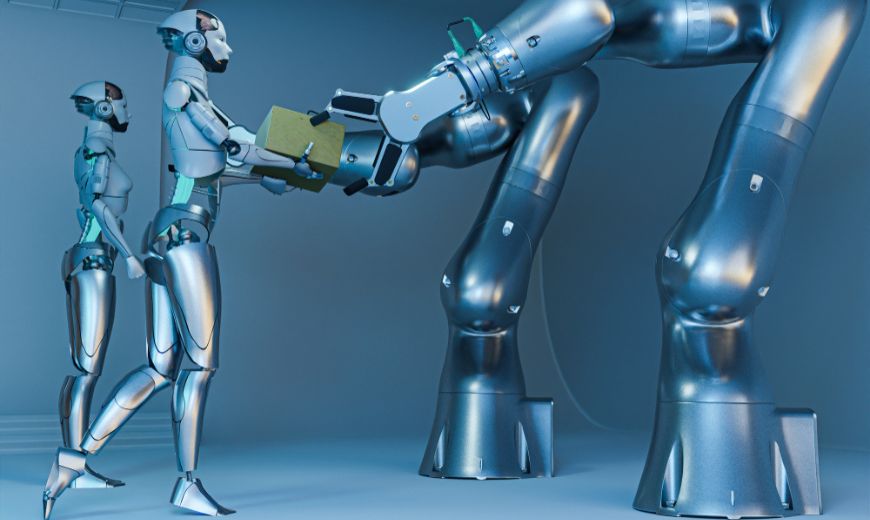
Though adaptive software development has numerous benefits, its implementation however does not come without challenges. Some of the major obstacles associated with it are:
- Huge Initial Investment: The adaptation of adaptive software in manufacturing is a very costly affair, especially for small-sized enterprises. Software, hardware, and training costs can be too high to bear.
- Data Security and Privacy: The smart factories would generate a tremendous amount of data connected to some or the other outside networks. Securing that data and ensuring personal information-related privacy was an important issue.
- Skills Gap: While the idea of adaptive software is promising, it usually requires specialized knowledge that is scarce in today’s workforce. Training and hiring are going to be a need to succeed.
- System Integration: Smart factories will have a number of legacy systems that cannot be integrated with the new software solution. Integrating adaptive software with older systems requires careful planning and, many times, extra investment.
Real World Examples of Adaptive Software’s in Manufacturing
The leaders of big leading industries have been widely using the adaptive software’s in order to enhance the business processes within their relevant fields in smart manufacturing:
- Automobile manufacturing: these adaptive software’s are very useful to automobile manufacturing as it helps to get better production lines and hence, transforming and enhancing the production processes in real time. This has helped them to adapt to changing market conditions.
- Consumer electronics: these software’s are used by electronic companies to simply focus on the quality of the products. This has helped to ensure that every part manufactured has met the strict standards before they are being assembled. Hence, if these software’s finds any deviations, it changes the default settings and improves the overall quality of the product.
- Food and beverages: In the food industry, these adaptive software’s helps to manage the inventory of the company as well as production schedule making in such a way that fresh products are utilized as much as possible without waste.
The examples reflect adaptive software development in real life across different industries and helps attain success for smart manufacturing.
Future of Adaptive Software Development in Manufacturing
In this fast growing industrial world, the relevance of adaptive software development is eventually going to increase more with the increasing technology. The presence of artificial intelligence, advanced IoT capabilities, and advanced machine learning algorithms is a small step ahead in enhancing the adaptive nature of smart factories and helping them to grow.
There are many things that you can expect to see related to smart manufacturing in future:
- Fully autonomous factories: By using adaptive software’s as a catalyst smart factories can eventually be fully autonomous and then require minimal human workforce.
- Full Scope Incorporation of AI: Adaptive software that uses AI will be utilized to significantly impact decision-making of the company and helps to do the strategic planning on manufacturing shop floors.
- Advanced Cybersecurity Approaches: As more and more adaptive software gets integrated in the organization, protection of the systems from cyber threats is going to increase and hence the cybersecurity approaches are going to be implemented.
Conclusion
Adaptive software development is indeed the transformation driver of the era of Manufacturing 4.0. The following can be considered: manufacturers’ capabilities to be competitive without losing efficiency, thanks to the capability of adaptive software in real-time processing of all data, anticipation of needs for equipment, adjusting of flows, and scaling.
As the decades progress and we shift deeper into the digital age, adaptive software will grow to be at the heart of manufacturing’s evolution and drive productivity and innovation throughout the industry.

